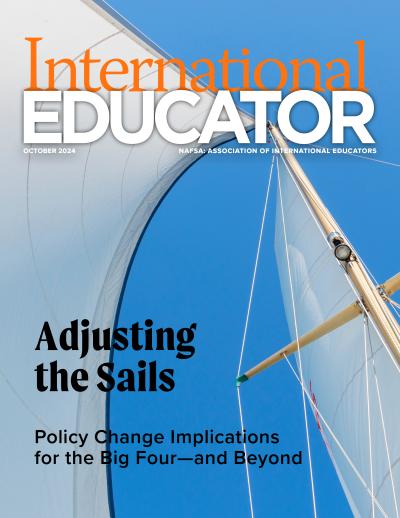When Faculty Teach Abroad
As the number of faculty-led programs continues to increase, designing well-developed and clearly defined policies for faculty to follow when teaching abroad is becoming a more urgent need, and a matter that is receiving new, or renewed, attention on many campuses. These policies can cover a myriad of issues such as the process for selecting faculty; ensuring that education abroad programs are being conducted in compliance with departmental, institutional, and sometimes state rules and policies; rules and expectations concerning the nature and extent of faculty responsibilities while teaching abroad; and the growing concern on many campuses about health, safety, and risk management issues.
The University of Wisconsin-Oshkosh (UW-Oshkosh) centralized education abroad into one support office and created policies both to ensure consistency in their application, financial, risk management, and other processes, as well as increasing support for faculty teaching abroad. Ensuring the faculty are in compliance with existing policies about teaching abroad is an important aspect of the office.
“Most of it is based on what we, as an institution, are allowed to do legally, and what rules might be out there that you might run afoul of if you don’t have somebody to help you walk through the process, or someone to smooth the process ahead of you,” says Jenna Graff, director of the Office of International Education at UW-Oshkosh. “For example, before we opened this office, faculty didn’t know that there were specific university accounts that you had to deposit your money into. So the departments would set up their











